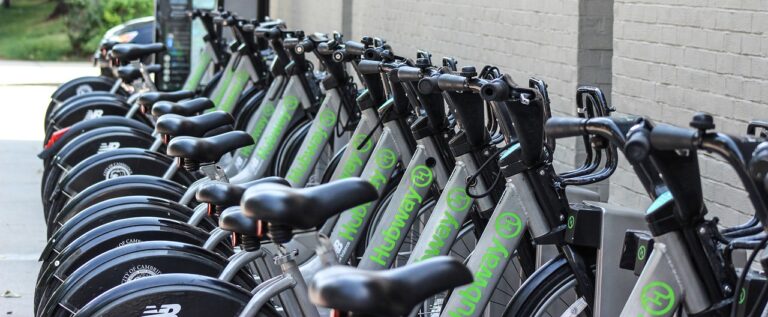Sustainable Living: Strategies for Reducing Environmental Footprints
One effective way to reduce energy consumption is by turning off lights and electronics when they are not in use. Even standby mode consumes energy, so unplugging devices when not in use can make a significant impact on lowering energy usage in the long run.
Another way to decrease energy consumption is by properly insulating your home. This helps to regulate the temperature inside, reducing the need for constant heating or cooling which can be energy-intensive. Simple steps like sealing gaps around windows and doors and adding insulation in the attic can go a long way in saving energy.
Benefits of Composting and Recycling
Composting and recycling play a vital role in reducing waste and conserving resources. Composting allows organic materials to decompose naturally, creating nutrient-rich soil that can be used to enhance plant growth. By diverting food scraps and yard waste from landfills, composting helps reduce methane emissions and minimizes the production of greenhouse gases.
Recycling, on the other hand, helps conserve energy and raw materials by repurposing items like paper, plastic, and metal instead of creating new ones from scratch. By recycling, we can reduce the need for extracting and processing natural resources, leading to decreased energy consumption and pollution. Additionally, recycling helps in conserving valuable landfill space and contributes to a more sustainable environment for future generations.
• Composting allows organic materials to decompose naturally, creating nutrient-rich soil
• Reducing methane emissions and minimizing greenhouse gases by diverting food scraps and yard waste from landfills
• Recycling conserves energy and raw materials by repurposing items like paper, plastic, and metal
• Decreasing energy consumption and pollution by reducing the need for extracting and processing natural resources through recycling
• Conserving valuable landfill space and contributing to a more sustainable environment for future generations
Choosing Eco-Friendly Transportation Options
One effective way to reduce your carbon footprint is by opting for eco-friendly transportation options. Consider walking or biking for short distances, as it not only benefits the environment but also promotes a healthier lifestyle. For longer trips, using public transportation like buses, trains, or carpools can significantly decrease greenhouse gas emissions and traffic congestion.
Another eco-friendly transportation choice is electric vehicles (EVs), which run on electricity rather than gasoline. EVs produce zero tailpipe emissions, making them a cleaner alternative to traditional cars. Additionally, car-sharing services and ride-sharing apps help reduce the number of vehicles on the road, minimizing air pollution and promoting a more sustainable way of getting around.
What are some ways to reduce energy consumption when it comes to transportation?
Some ways to reduce energy consumption include carpooling, using public transportation, biking, walking, and opting for fuel-efficient vehicles.
What are the benefits of composting and recycling?
Composting and recycling help reduce waste, conserve resources, and lower greenhouse gas emissions. They also help create nutrient-rich soil for gardening and farming.
How can I choose eco-friendly transportation options?
You can choose eco-friendly transportation options by considering alternatives to driving alone, such as carpooling, using public transportation, biking, walking, or investing in an electric or hybrid vehicle.







